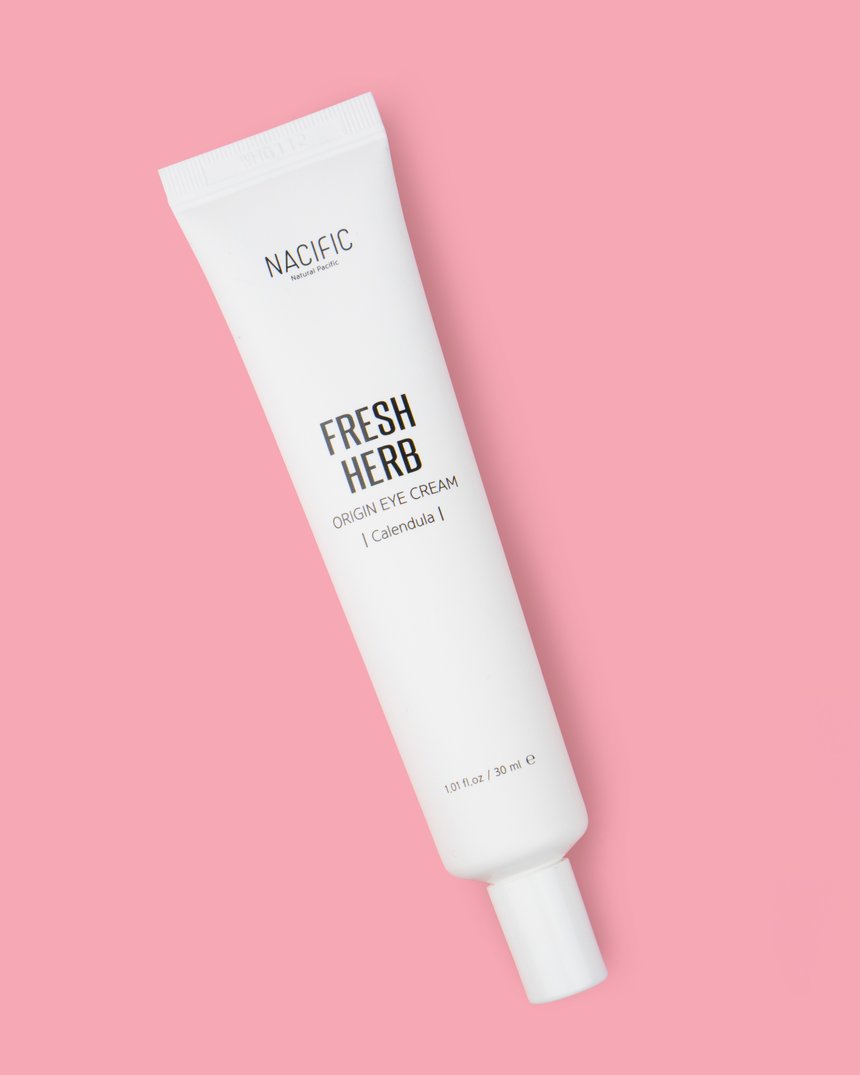What are all the vitamins in skin care good for? We’ve created a handy guide based on skin concern for you here.
Vitamins get tossed around in skin care write-ups and beauty ingredient lists all the time, and for many it can feel like you’re trying to swim through alphabet soup. Inherently, we know that vitamins do our body—and its largest organ—lots of good, but understanding what each vitamin can actually do for you is pretty important. Empowering yourself with knowledge puts you firmly in the driver’s seat of your skin care regimen, which translates into happy, healthy, enviable skin.
With dermatologist insight, we’re sharing the most common vitamins in skin care products, and explaining what each does and who it’s best for. Let’s dig in!
Vitamin A: For minimizing the appearance of wrinkles
“Vitamin A is an antioxidant essential for treating wrinkles, as well as over-all skin texture,” says Margarita Lolis, a dermatologist based in New York who’s an expert in functional and anti-aging medicine. They’re also known as retinoids, she added, and can appear in ingredient lists as retinol, retinoic acid, retinyl palmitate, or Retin A. The oral medication form of this vitamin is isotretinoin.
Lady Dy, a Chicago-based dermatologist, adds, “Vitamin A benefits include removing blackheads and whiteheads and reducing fine lines and wrinkles. They’re also effective against deep cystic acne, can decrease oil production, and can prevent skin cancer formation.”
You can find vitamin A/retinol over the counter in, like in Saturday Skin’s Yuzu Vitamin C Sleep Mask and in Dr. Different’s VITALIFT-A Eye & Neck, but for higher concentrations of the vitamin you need a prescription. Just beware that this ingredient can be irritating for some, so it’s important to work closely with your dermatologist if you want to incorporate it into your routine, Lolis advises. Also, you should avoid vitamin A if you’re pregnant.
Vitamin B3: For balancing skin tone
You probably know vitamin B3 by its other name: niacin. Niacin is primarily responsible for improving your skin tone, says Lolis, and does so by reducing redness, evening out color, and addressing texture.
In over the counter products, you’ll often see this vitamin appear as niacinamide, which is a derivative of niacin. In the Nacific Fresh Herb Origin Eye Cream, it’s listed as pure niacinamide!
Vitamin B5: For eliminating dryness

“The beauty buzzword for B5 is panthenol, or pantothenic acid, and they are all about hydration,” says Lolis. “They basically create a skin barrier that traps in moisture, and there is research to back them up. Vitamin B5 is a great ingredient to see in a skin care product, especially if dry skin or suppleness is an issue.”
The Etude House SoonJung collection puts this vitamin in the spotlight, allowing you to build your regimen around B5. The collection includes 10 Free Moist Emulsion, 2x Barrier Intensive Cream, pH 5.5 Relief Toner, and pH 6.5 Whip Cleanser. These products work together to rebalance, repair, and hydrate.
Vitamin C: For fading hyperpigmentation
Anytime you see vitamin C in a product, you can rest assured it’s there to brighten your day—and your complexion!
“Vitamin C, or ascorbic acid, is found in citrus fruits and green leafy vegetables,” says Dy. “Oral ingestion of vitamin C-rich foods does not increase vitamin C levels in the skin to the same extent that can be achieved with the appropriate use of topical formulation. In skin, it’s necessary for hydroxylation of lysine and proline in procollagen to form the structural protein known as collagen. It’s also valuable in lightening skin pigmentation because it inhibits melanin formation.”
Here’s the thing, though: Not all vitamin C serums are created equally. Vitamin C/ascorbic acid is an unstable ingredient that oxidizes quickly if it’s not formulated properly or is exposed to water, air, or light. Oxidization renders it ineffective.
Vitamin E: To protect skin from sun damage
“Vitamin E, or alpha tocophoerol, is found mainly in vegetables, oils, seeds and nuts. Topical formulations contain alpha tocopherol, a powerful anti-oxidant that helps to hydrate the skin,” says Dy. “It also potentiates the action of other antioxidants, such as vitamin C, and has photo-protective effects for skin cancer prevention.”
Lolis adds, “Vitamin E protects skin from pollution, free radicals, and really is an antioxidant that research has shown helps with acne. Snack on seeds, nuts, and eat plenty of fruits and vegetables if you want to boost vitamin E.”
Vitamin E, when paired with vitamin C, make a hefty antioxidant duo. Vitamin C restores vitamin E’s antioxidant function making it more effective in fighting free radicals and protecting your skin barrier. Both nutrients, together, also play a role in protecting your skin from sun damage and in building collagen, which keeps your skin elastic and healthy-looking. Not to mention both are also excellent for brightening up dark spots and evening out skin tone. We love using the Klairs Freshly Juiced Vitamin E mask paired with the Klairs Freshly Juiced Vitamin C Serum.
Because of its hydrating and protective qualities, you’ll often find it in creams, balms, hair products, and sunscreens.
Vitamin K: For brightening dark spots
“Dark circles, stretch marks, scars, spider veins can all be addressed with vitamin K,” says Lolis.
Applied topically, this ingredient can minimize the appearance of the above. However, note that it tends to work more effectively when consumed. Foods rich in vitamin K include Kale—think K for Kale!—cabbage, and milk. Lolis says that one sign of vitamin K deficiency is if you bruise easily.
Bottom line:
A skin care regimen utilizing the above ingredients can take you a long, long way. However, consuming your vitamins is equally important. Dr. Lolis highly advised supplement any products you’re using by eating a diet rich in vitamins and minerals. By doing so, you can address many skin concerns from the inside out, and feel amazing in the process.





